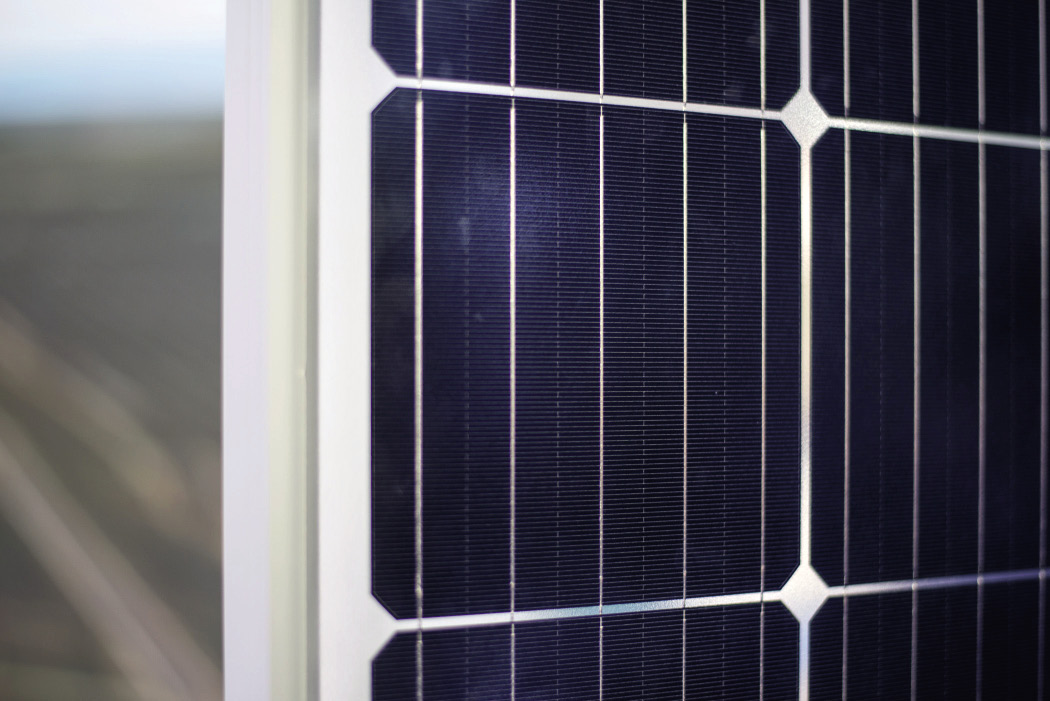From pv magazine global
Scientists at the University of New South Wales Sydney have developed hydrogenation technology they say reduces light (LID) and elevated temperature-induced degradation (LeTID) in Czochralski silicon solar cells and modules.
The method, the researchers claim, controls the presence of hydrogen by passivating boron‐oxygen defects in cells to enable enhanced bulk defect passivation.
The University of New South Wales (UNSW) Sydney researchers described the technology in the study 23.83% efficient mono‐PERC incorporating advanced hydrogenation, published in Progress in Photovoltaics.
The technique was tested on a commercial p‐type Czochralski silicon (Cz-Si) PERC cell with an efficiency of 23.83% that was produced by Chinese monocrystalline module maker Longi.
The spec
The cell – manufactured with 180‐μm thick p‐type Cz wafers to M2 size (156.75×156.75mm) and a resistivity of 0.5-3 Ω·cm – was measured under standard test conditions at 25 degrees Celsius, under 1000 W/m2 standard solar spectrum illumination in line with the IEC 60904‐3 standard, using a cell calibrated by German testing institute the Fraunhofer ISE.
The proposed laser hydrogenation process was applied to ten finished cells from the production line which had already undergone a more typical hydrogenation process in the belt furnace. “The cells were heated to 250-300 degrees Celsius on a hotplate and illuminated with 3-5 kW of laser power for 1 to 8 seconds,” the researchers stated.
The new, four-second hydrogenation process – carried out with a 3000 W laser at a temperature of 220 degrees Celsius – improved the cells’ overall average efficiency by 0.08%, the researchers reported.
Further testing
To test stability, the PERC cells were then heated to 75 degrees Celsius under a one-sun light‐emitting diode on open circuit for 40 hours. “Controlling the hydrogen content to low levels within the cell is seen to minimize degradation without sacrificing performance and results in cells and modules with around, or less than, 1% absolute LID performance losses,” the scientists said.
They are now planning to investigate how hydrogen is distributed in the silicon material to better understand its behavior and impact.
If LID is not treated, degradation can reach 10% in the first month after installation. To combat this, cell manufacturers add a LID treatment process at the end of cell production to attempt to eliminate the defect.
This content is protected by copyright and may not be reused. If you want to cooperate with us and would like to reuse some of our content, please contact: editors@pv-magazine.com.









By submitting this form you agree to pv magazine using your data for the purposes of publishing your comment.
Your personal data will only be disclosed or otherwise transmitted to third parties for the purposes of spam filtering or if this is necessary for technical maintenance of the website. Any other transfer to third parties will not take place unless this is justified on the basis of applicable data protection regulations or if pv magazine is legally obliged to do so.
You may revoke this consent at any time with effect for the future, in which case your personal data will be deleted immediately. Otherwise, your data will be deleted if pv magazine has processed your request or the purpose of data storage is fulfilled.
Further information on data privacy can be found in our Data Protection Policy.